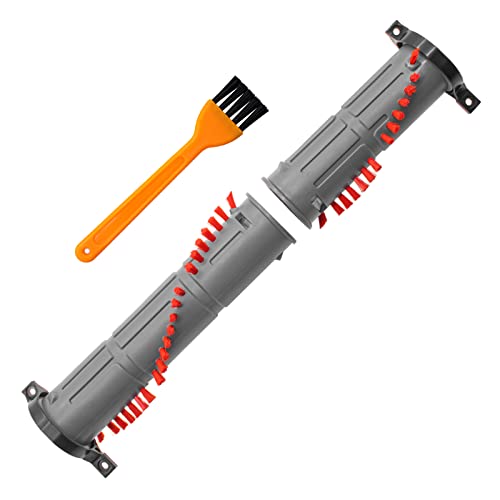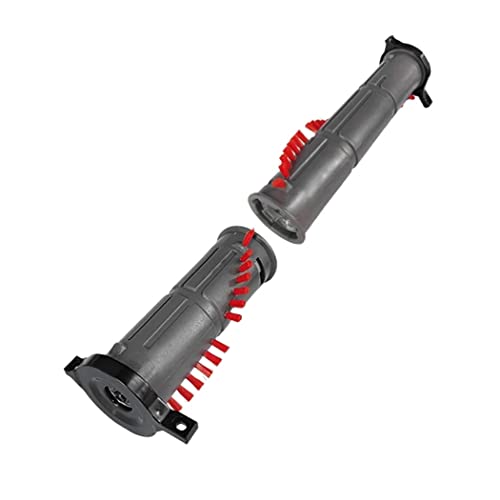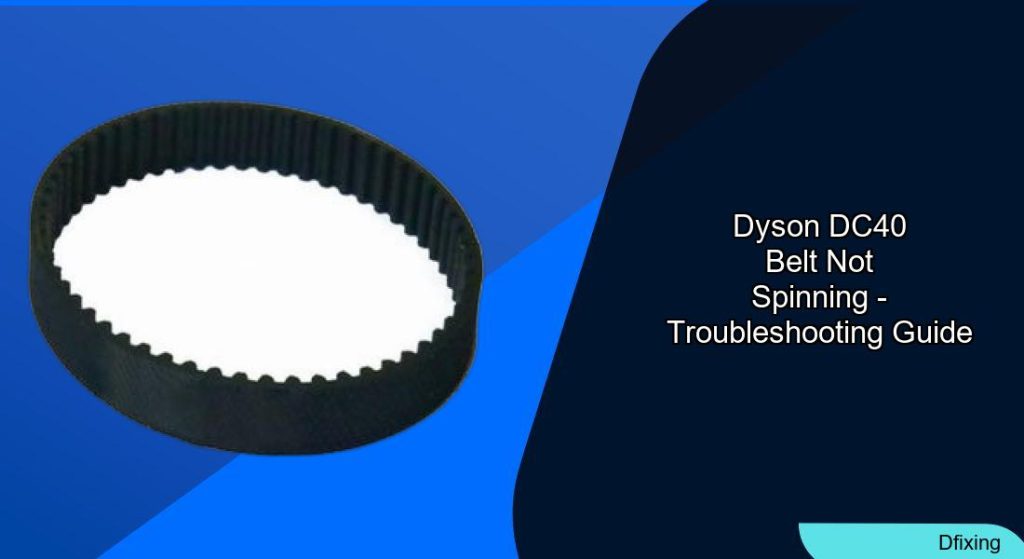A Dyson DC40 vacuum’s brush bar stopping mid-clean is a frustrating issue that can leave floors inadequately cleaned. Common symptoms include poor dirt pickup, unusual grinding noises, or a completely jammed motorized head. These problems often stem from preventable causes like debris buildup, worn components, or electrical faults. This guide provides a detailed roadmap to diagnose and resolve the issue, whether you’re dealing with a snapped cog, a melted belt, or a malfunctioning motor. From basic cleaning steps to advanced part replacements, we’ll walk you through every solution to restore your vacuum’s performance.
Affiliate disclosure: As an Amazon associate, We'll earn a commission for every successful order through our affiliate links in the article. However, you won’t be charged anything for this.
Understanding the root cause is key to effective repair. The Dyson DC40’s brush bar relies on a delicate balance of mechanical and electrical systems: a spinning brush roll, gears, bearings, and a motorized head. When any of these elements fail—whether due to pet hair tangling, worn-out bearings, or broken internal wires—the entire system can grind to a halt. The good news? Many fixes are straightforward, requiring only basic tools and a bit of patience. Let’s dive into the diagnostic process and actionable repairs.
Diagnosing Common Causes of Brush Bar Failure
Debris Buildup: A Silent Culprit
Hair, string, and dust often entangle around the brush bar, restricting its rotation. To confirm this:
– Turn off and unplug the vacuum.
– Detach the motorized head and inspect the brush roll.
– Use a flathead screwdriver to cut and remove tangled debris.
– Clean the caster wheels and bearings with a wire brush and electrical cleaner.
Worn-Out Components: When Parts Need Replacing
Over time, brushes, gears, and bearings degrade. Signs include:
– A cracked or flattened brush bar (replace immediately).
– Rust or pitting on metal gears, which can cause uneven spinning.
– Loose bearings that no longer rotate smoothly.
Replace damaged parts using a T8/T10 screwdriver set and manufacturer-approved replacements.
Motor and Electrical Issues: Power Problems
If the brush bar doesn’t spin despite clear debris:
– Test the motor by disconnecting it from the vacuum and applying direct power.
– Inspect wires for cuts or fraying—especially the white wire in the motorized head.
– Check the micro switch, a small button inside the head that may short out. Bypass or replace it if faulty.
Step-by-Step Troubleshooting and Repair
1. Clearing Debris: Quick Fix for Clogged Brush Rolls
Tools needed: Flathead screwdriver, wire brush, electrical cleaner.
1. Remove the motorized head and extract the brush cylinder.
2. Use pliers to untangle hair from the shaft and bearings.
3. Clean rusted areas with a wire brush, then lubricate bearings with WD-40.
4. Reassemble and test the brush bar manually before use.
2. Replacing the Brush Bar: A Long-Term Solution
Steps:
1. Open the motorized head’s bottom cover with a Phillips screwdriver.
2. Disconnect the old brush bar by releasing retaining clips with pliers.
3. Install the new bar, ensuring alignment with the drive belt.
4. Reattach the cover and test the spin.
Replacing the brush bar involves removing the old one and installing a new one. Ensure the new brush bar is properly aligned with the drive belt for optimal performance.

Official replacement for DC40 with certified durability

Affordable compatible replacement with nylon bristles

Budget-friendly option with included screws

Durable replacement with efficient dirt removal
3. Fixing Gearing Issues: When Only One Side Spins
Temporary Fix: Wrap tape around the roller to improve traction.
Permanent Fix: Replace the cleaner head if metal couplings spin but the roller doesn’t.
4. Repairing Broken Wires: Restoring Electrical Flow
- Locate the wire loom under a screw-covered panel.
- Splice broken wires with heat-shrink tubing or replace the entire loom.
- Secure connections and test the motor.
5. Dyson DC41 Beater Brush Reset: A Special Case
If the beater brush stops:
1. Extend the bar to the left.
2. Hold the power button while toggling the on/off switch five times.
Preventative Maintenance: Avoiding Future Failures
Regular upkeep extends your Dyson DC40’s lifespan:
– Clean the brush bar after 2–3 uses, especially with pets.
– Lubricate bearings every 6 months with silicone-based grease.
– Inspect gears monthly for wear; replace if cracked.
– Avoid over-lubrication, which attracts dust and causes seizing.
Frequently Asked Questions (FAQ)
Why does my Dyson DC40 brush bar make noise?
Unusual sounds often indicate debris jams or worn bearings. Clean the brush roll and replace damaged parts.
Can I use third-party belts for the DC40 Mark II?
Yes, but verify compatibility. DC40 Mark I cogs work as substitutes, but incorrect sizes may worsen the issue.
How do I know if the motor is faulty?
Test the motor independently. If it doesn’t spin when powered directly, replacement is needed.
When should I seek professional help?
For complex electrical faults or internal gear failures, consult a certified Dyson technician.
Conclusion
A Dyson DC40 belt not spinning is a solvable issue with the right approach. Start with debris removal and progress to part replacements as needed. Regular maintenance—cleaning, lubricating, and inspecting components—prevents recurring problems. For persistent faults, especially electrical or motorized head failures, professional servicing ensures safe and lasting repairs. Armed with this guide, you can tackle the problem confidently and keep your floors spotless.







